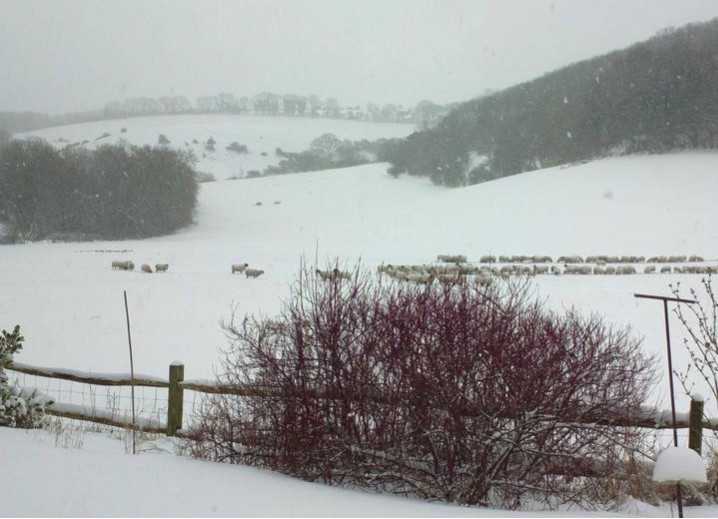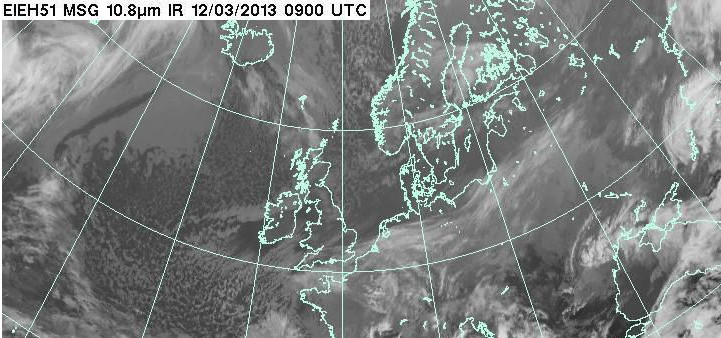Is this known icing?

The question is only partly tongue in cheek. Does flying in snow represent flight in icing conditions? My limited experience of flying in snow suggests the stuff doesn't stick.
Obviously whatever the snow is falling out of is the real hazard, which is why I wouldn't fly. Today, it is a load of cloud with tops I would guess of FL150 or so

I don't think it is anymore KI than flying in rain. Subject to the obvious caveats you mention.
I was flying yesterday (Monday) in the snow all the time from Rotterdam via London - Manston - Calais - Antwerpen back to Rotterdam in the FL range up to FL250. At Calais it was snowing while landing and the snow passed vertically and limiting my view. In the last weeks I have been flying every time there was snow and not once I got severe ice. However, I did need to deal with ice while climbing through frontal weather, but hardly ever the snow is any problem. See these two images http://flic.kr/p/e2JGZC and http://flic.kr/p/e2D4an
Icing results from liquid water droplets which freeze on impact and stick to your airframe. Snow is not liquid last time I checked 
Snow in the final approach sucks. It doesn't require much of it for 0/0 visibility.
I flew today from Biggin to Fairoaks - there were a few snow flurries in the distance but nothing unavoidable. Cloud was scattered at around 4000ft
The much bigger issue was turbulence - even at 2000-odd feet every cloud seemed to have its own microclimate underneath; quite unpleasant...
My last message about snow was a little quick as I had to go to a meeting.
Basically I have never experienced snow to be a problem. It doesn't stick and indeed is basically limiting your view when you have the snow on final. Last monday, when flying into Antwerp I could barely see the runway environment when on DA as it was ... snowing which gave a kind of whiteout. In about all cases I know of or experienced, the snow is a non-issue and there are lots of time that the snow is blowing in my face when I get into the aircraft and I do takeoff in the snow and I do not notice any ice buildup on takeoff or enroute. Then the snow is often local or in a low layer with no snow a few 1000 feet above.
Then, because the aircraft I fly is FIKI approved, I am able to handle all but the severe icing / severe clear ice scenarios, so all the trips I planned for in the last winter months I was able to fly. I did not have to cancel any flight.
I do find that prolonged flight in snow (or light hail) does produce a lot of static, best make sure the wicks are in good condition!
VHF communication can become impossible due to P-static. I don't think that the Cirrus SR22 has a static wick. I do sometimes have trouble communicating over the radio due to overicing of antennas or static trouble. I never figured out.
I flew my radio-control helicopter in snow once and the blades iced up very nicely. I stopped because I was worried about what would happen if a big chunk fell off a rotor spinning at 300mph, and because flying when you can't feel your fingers is a bad idea.
The melting point of ice changes with pressure, so perhaps if something hits it hard enough, and it's warm enough, it will melt as it hits the blade or airframe, then freeze again instantly.
Obviously whatever the snow is falling out of is the real hazard, which is why I wouldn't fly.
Is it? Isn't it pretty much all ice and no water?
I'm not suggesting that you go flying in such conditions, just asking the question.